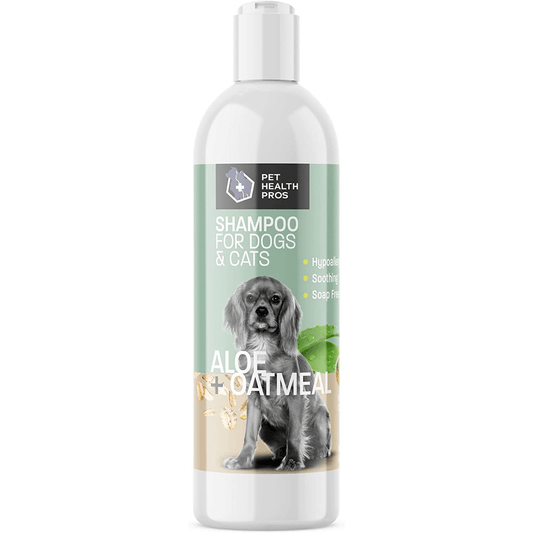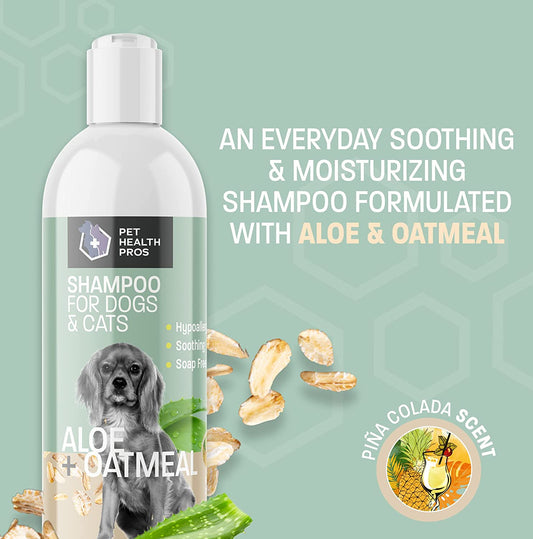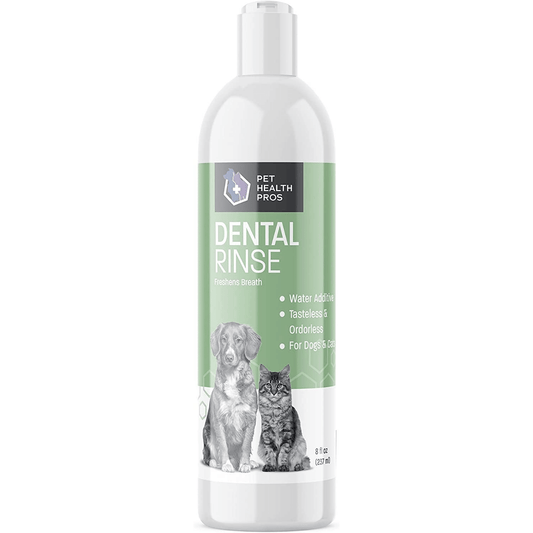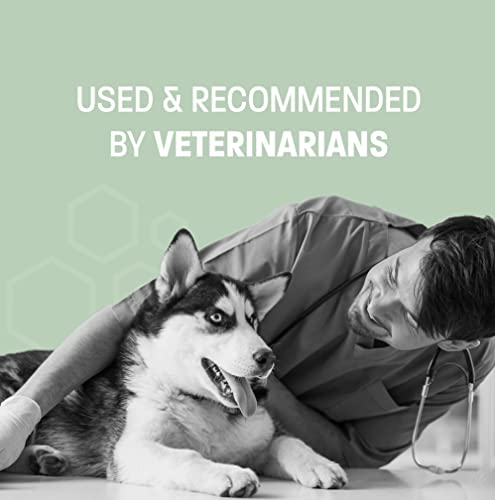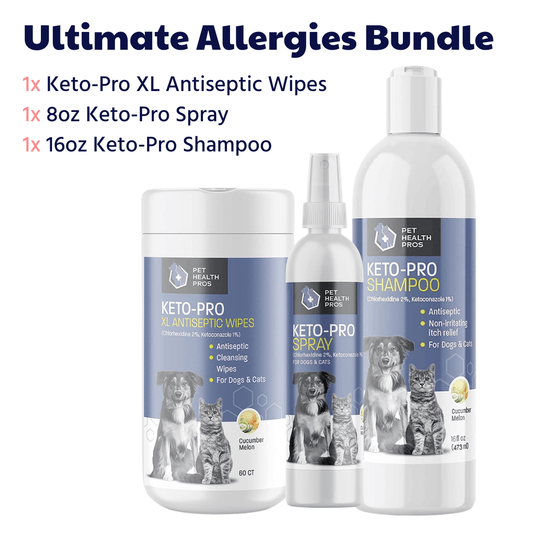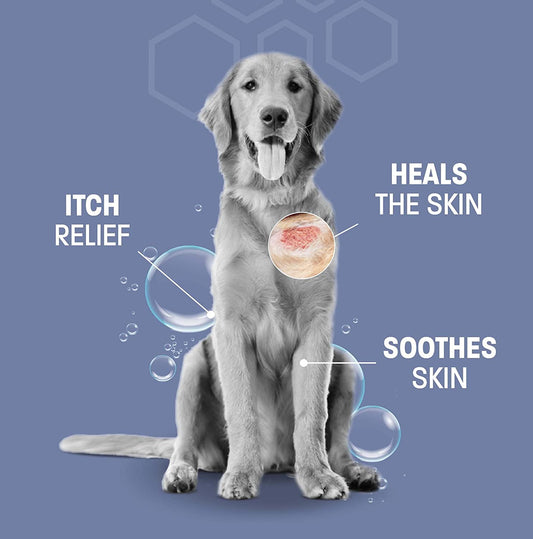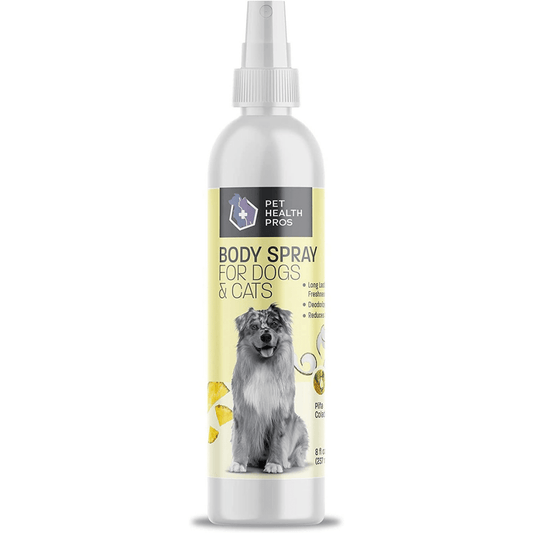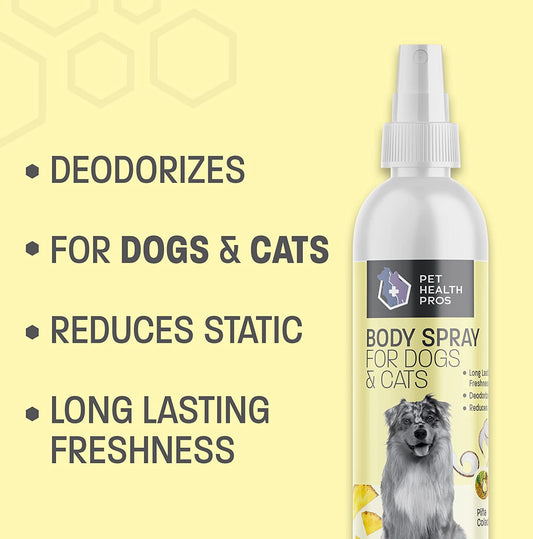Ever caught your pup gnawing on your favorite shoes or the corner of the couch? It's a common issue for dog owners. Dogs chew for lots of reasons - boredom, teething, or just plain curiosity. While it's normal, it can be frustrating and even dangerous if they swallow something harmful. That's where no chew sprays come in handy. They're a simple solution to keep your dog's teeth off your stuff. And guess what? You can make one right at home. Let's dive into how you can create your own no chew spray for dogs DIY style.
Key Takeaways
- Dogs chew for various reasons like boredom or teething.
- Chewing can be dangerous if dogs swallow harmful objects.
- No chew sprays can deter dogs from chewing on household items.
- You can make a DIY no chew spray with simple ingredients.
- Using a spray alongside training can improve effectiveness.
Understanding the Need for No Chew Spray for Dogs
Why Dogs Chew on Household Items
Dogs chew on things for various reasons. It could be because they're teething, bored, anxious, or just curious. Puppies especially go through a teething phase, much like human babies, where chewing helps ease the discomfort. For older dogs, chewing can be a way to relieve stress or boredom. Sometimes, they might just be exploring their environment or trying to get your attention.
The Risks of Chewing for Dogs
Chewing on household items isn't just annoying; it can be dangerous for your dog. Swallowing certain materials can lead to choking or intestinal blockages, which might require surgery. Electrical cords pose a serious risk of shock or burns if a dog bites through them. Additionally, ingesting toxic substances from household items can lead to poisoning.
Benefits of Using a No Chew Spray
A no chew spray can be a simple and effective way to protect your belongings and keep your dog safe. These sprays are designed to taste unpleasant to dogs, deterring them from chewing on treated items. By using a no chew spray, you can help reduce the chances of your dog destroying furniture or ingesting harmful objects. It's also a great tool to use alongside positive reinforcement techniques to teach your dog what is and isn't okay to chew on.
While no chew sprays can be helpful, it's important to remember that they're not a complete solution. Training and understanding your dog's behavior are crucial to addressing the root cause of chewing.
Essential Ingredients for a DIY No Chew Spray
Natural Ingredients to Consider
When crafting a DIY no chew spray, the first thing you'll want to think about is what natural ingredients to use. These ingredients are not only safe but also effective in deterring your dog from chewing on things they shouldn't. Apple cider vinegar is a popular choice due to its strong, unpleasant taste for dogs. Lemon juice is another option that can be mixed with water to create a citrus spray. Some pet owners also use cayenne pepper, but be cautious as it can be irritating if it comes into contact with your pet's eyes.
Safety Precautions When Choosing Ingredients
Safety should be your top priority when selecting ingredients for your no chew spray. Always ensure that the ingredients you choose are non-toxic and safe for your furry friend. It's crucial to avoid any ingredient that might cause an allergic reaction or irritation. Before applying the spray extensively, test it on a small area to monitor your dog's reaction. Also, make sure to use the spray in well-ventilated areas to avoid any respiratory discomfort for both you and your pet.
Common Household Items That Deter Chewing
You might be surprised to find that many common household items can help deter chewing. Vinegar and lemon juice are staples in most kitchens and can be easily used in your DIY spray. Essential oils like peppermint or eucalyptus can also be effective, but they should be used sparingly and diluted properly. These natural deterrents are not only easy to find but also cost-effective, allowing you to protect your belongings without breaking the bank.
Crafting your own no chew spray can be a simple yet effective way to protect your home and keep your dog safe. While commercial products are available, a homemade solution gives you control over the ingredients and ensures that what you're using is safe for your pet.
For more on creating effective DIY no chew sprays, consider experimenting with different combinations of these ingredients to find what works best for your dog.
Step-by-Step Guide to Making Your Own No Chew Spray
Gathering Your Materials
Creating a no chew spray starts with gathering the right materials. You’ll need a spray bottle, some water, and a few household ingredients that dogs find unpleasant. Vinegar and citrus juices are popular choices because dogs generally dislike their smells. Grab some lemon juice or apple cider vinegar, and you’re halfway there.
Mixing the Ingredients
Once your materials are ready, it’s time to mix them. Here's a simple recipe to follow:
- Fill your spray bottle with one cup of water.
- Add two tablespoons of apple cider vinegar or lemon juice.
- Shake well to combine the ingredients thoroughly.
The key is to create a mixture that is strong enough to deter your dog but safe for them and your furniture. If you're unsure about the strength, start with a weaker solution and gradually increase the vinegar or citrus juice until you find what works.
Proper Storage and Shelf Life
After mixing, store your spray in a cool, dry place. Proper storage ensures the spray remains effective over time. Typically, a homemade no chew spray will last for about two weeks. If you notice the smell fading, it’s probably time to make a fresh batch.
Making your own no chew spray can be a straightforward and cost-effective way to protect your belongings from your furry friend’s teeth. With just a few simple ingredients, you can create a solution that keeps your dog from chewing on things they shouldn't, while also ensuring their safety.
How to Effectively Apply No Chew Spray on Furniture and Belongings
Preparing the Area for Application
Before you start spraying, make sure the area is clean. Dust and grime can affect how well the spray sticks to surfaces. Wipe down the furniture or belongings with a damp cloth and let them dry completely. This ensures the spray adheres properly and does its job.
Techniques for Even Application
When applying the spray, hold the bottle about a foot away from the surface. This helps in spreading the spray evenly without soaking any one spot. Use a sweeping motion to cover all parts of the item. If you're working on a larger piece, like a couch, break it into sections and spray one at a time.
Frequency of Reapplication
Most DIY sprays need reapplication every few days, especially if your dog is persistent. Keep an eye on how your pet reacts and adjust the frequency if necessary. If you notice your dog starting to chew again, it might be time for another round of spraying.
Consistent application is key to success. Remember, the spray is just one part of the solution. Pair it with proper training for the best results. For more tailored advice on managing your pet's behavior, consider using a service like Pet Genius to receive personalized support and tips.
Training Your Dog Alongside Using No Chew Spray
Positive Reinforcement Techniques
Training your dog goes hand-in-hand with using a no chew spray. Positive reinforcement is the key to success here. When your dog avoids chewing on furniture, reward them with treats or affection. This helps them understand what's expected. Use a cheerful tone and be consistent with rewards to reinforce good behavior.
Consistency in Training
Consistency is crucial when training your dog. Make sure everyone in the household is on the same page. If one person allows chewing while another does not, it confuses the dog. Set clear rules and stick to them. This way, your dog learns faster and knows what to expect.
Monitoring Progress and Adjustments
Keep an eye on how your dog is responding to the training and no chew spray. If you notice no improvement, it might be time to tweak your approach. Adjust the frequency of the spray or try different positive reinforcement techniques. Remember, every dog is unique, and what works for one might not work for another.
Training a dog requires patience and persistence. It's not about quick fixes but about building a lasting understanding between you and your pet.
Troubleshooting Common Issues with DIY No Chew Sprays
Addressing Ineffectiveness
Sometimes, your DIY no chew spray might not work as expected. This can be frustrating, but there are ways to tackle this problem. First, ensure you're using the right ingredients. Some dogs might not find certain tastes as unpleasant as others. Try experimenting with various natural deterrents like citrus or vinegar. Also, check if you're applying enough spray. A light mist might not be enough to deter a determined chewer.
Handling Allergic Reactions
If your dog shows signs of an allergic reaction, such as itching or redness, stop using the spray immediately. It's important to know the ingredients you're using and test them in a small area first. Always prioritize your dog's health and consult a vet if you notice any adverse reactions. They can help you identify which ingredient might be causing the problem.
Adjusting Formulas for Better Results
You might need to tweak your spray recipe for better effectiveness. Consider these steps:
- Evaluate Ingredients: Check if the ingredients are fresh and potent.
- Concentration Levels: Increase the concentration of the active deterrent ingredients.
- Application Frequency: Sometimes, more frequent applications are necessary.
Remember, patience and observation are key. Every dog is different, and what works for one might not work for another. Keep adjusting until you find what works best for your furry friend.
Exploring Alternative Solutions to No Chew Sprays
Chew Toys and Distractions
Sometimes, the simplest solution is the best. Offering your dog a variety of chew toys can effectively redirect their chewing instincts away from your furniture. Chew toys come in various textures and flavors, making them more appealing to dogs. Here's a quick list of what to look for:
- Durability: Ensure the toy can withstand your dog's chewing strength.
- Variety: Different textures and shapes keep your dog interested.
- Safety: Avoid toys with small parts that could be swallowed.
Professional Training Options
If DIY solutions aren't cutting it, you might consider professional training. Trainers can provide personalized strategies tailored to your dog's needs. This can be especially helpful for dogs with severe anxiety or behavioral issues. A professional can:
- Assess the root cause of your dog's chewing.
- Develop a structured training plan.
- Offer ongoing support and adjustments as needed.
Environmental Modifications
Adjusting your dog's environment can also help reduce unwanted chewing. This might involve rearranging furniture or using barriers to limit access to certain areas. Consider these changes:
- Use baby gates to block off restricted areas.
- Rearrange furniture to remove tempting items from reach.
- Store shoes and other chewable items in closed closets.
Sometimes, a combination of methods works best. Don't be afraid to experiment with different strategies to find what suits your dog.
If you're looking for ways to help your pet without using no chew sprays, there are many options to consider. From natural deterrents to training techniques, you can find effective solutions that suit your pet's needs. Visit our website to explore these alternatives and discover products that can help keep your furry friend safe and happy!
Wrapping It Up
So, there you have it! Making your own no-chew spray for dogs isn't rocket science. With just a few simple ingredients and a little bit of time, you can whip up a solution that keeps your furry friend from gnawing on everything in sight. Plus, it's a natural and budget-friendly alternative to store-bought sprays. Remember, every dog is different, so you might need to tweak the recipe a bit to find what works best for your pup. Give it a try and see how it goes. Your furniture will thank you, and your dog might just learn a new trick or two. Happy DIY-ing!
Frequently Asked Questions
What is a no chew spray for dogs?
A no chew spray is a special liquid that you can spray on things to stop dogs from chewing them. It tastes bad to dogs, so they don't want to chew on it.
Is a DIY no chew spray safe for my dog?
Yes, a DIY no chew spray can be safe if you use natural ingredients that are not harmful to dogs. Always check to make sure the ingredients are safe for pets.
How often should I apply the no chew spray?
You should spray the no chew spray whenever you notice your dog starting to chew on things. It's a good idea to reapply it every few days or after cleaning the area.
Can no chew spray be used on all types of furniture?
Most no chew sprays are safe for different types of furniture, but it's smart to test a small area first to make sure it doesn't damage the surface.
What if my dog still chews even with the spray?
If your dog keeps chewing, you might need to try other methods like giving them chew toys or training them more. Sometimes adjusting the spray formula can help too.
Are there any side effects of using no chew spray?
Usually, there are no side effects if the spray is made with safe ingredients. However, if your dog has a reaction, stop using it and talk to your vet.

